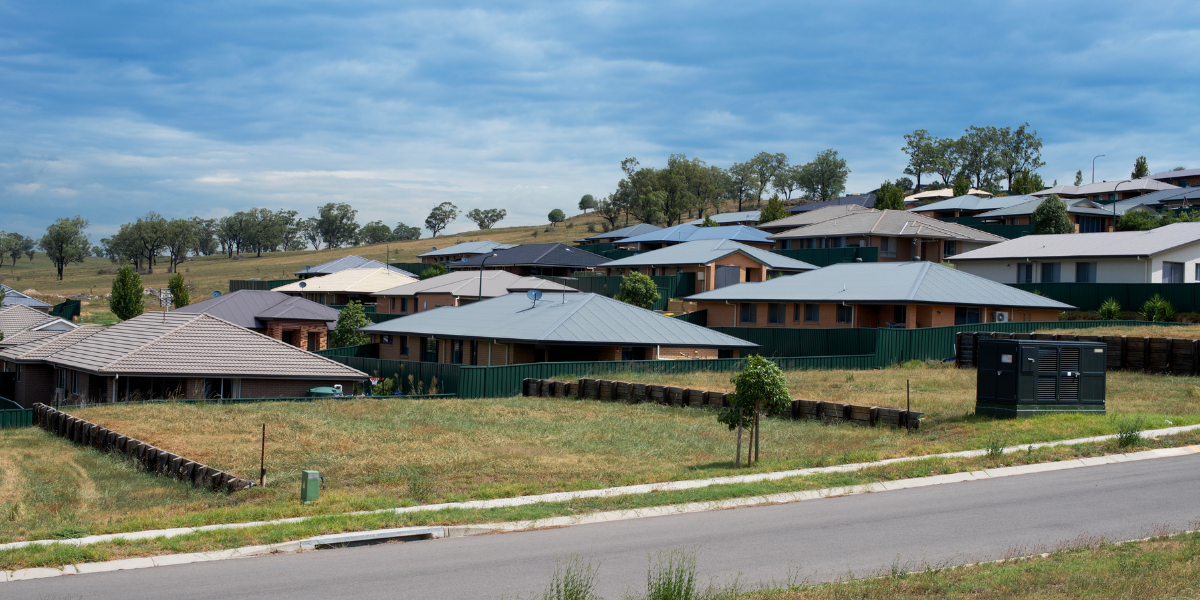11 April 2023
The settlement of migrants to regional and rural locations of Australia has long been an area of public policy attention. Getting the settings right for regional migrant settlement can benefit local communities, migrants themselves through aspects such as employment and support wider aims of economic development. Regional settlement necessitates strong coordination between local, state and federal levels of government and close involvement with local communities and key stakeholders including employers and service providers. Indeed, there are many examples of successful regional settlement. While no “one size fits all” template can be expected, there is much to do to ensure greater policy coordination and local community engagement.
Regional migration has a long history in Australia. Employers and communities have looked to both permanent and temporary migration as a means to address skills shortages, gaps in the labour market and boost community growth. Well-known examples include Italian migrants who came to Australia after the Second World War to work in cane plantations, in agriculture and as labourers, and more recently Karen refugees fleeing Myanmar who settled in Nhill in regional Victoria, primarily to work in the Luv-a-Duck factory, and who have now established a sizeable community in the town.
In Orange, which has recently welcomed refugees from Ukraine, there has been an opportunity to tap into the town’s history of earlier waves of migrant settlement in the 1950s, including Ukrainians, who established a community hall with popular live events.
Examples such as these dispel the myth of all regional and rural towns being devoid of cultural diversity. There are also significant First Nations communities in regional locations whose experiences and voices need to be heard in matters of regional settlement – but have in the past largely been overlooked.
To promote and sustain regional migrant settlement, several critical factors have been shown in prior research to determine the viability of such settlement. First, the availability of services such as employment, housing, healthcare and English language classes. Second, people also need to feel a sense of belonging that is mediated by social, cultural and legal dimensions of their settlement. The legal element relates to the ability to obtain permanent residence or pathways to sponsor family members. Finally, overarching policies need to support the multiple dimensions of settlement across early and longer-term settlement periods. Unfortunately, this is where improvement is still needed, despite considerable attention and some promising examples of successful regional settlement.
Settling migrants in regional locations involves federal government, with the Department of Home Affairs leading immigration policy whilst also authorising visas, determining annual quotas for arrivals, and funding providers of initial settlement services. Federal government also oversees population policy which has often been driven by the need to reduce population pressures in urban centres and grow the regions. This is usually led at Prime Ministerial level. There is a Commonwealth Coordinator-General for Migrant Services who has a leadership, coordination and promotion function in Home Affairs with settlement matters guided by a Refugee and Migrant Services Advisory Council.
States often have similar positions. In NSW, for instance, Professor Peter Shergold is the state’s current Coordinator General for Settlement. State-level settlement in NSW is guided by a first-ever Settlement Strategy which purports to “improve settlement outcomes” through a whole-of-government approach. Multicultural NSW is also running a pilot called Growing Regions of Welcome (GROW) with a focus on regional NSW. State-level initiatives differ greatly across the country, however states generally have State Migration Plans that correspond with State Specific Regional Migration Visa schemes (SSRM). Depending on industry needs and employer demand, there may be a greater emphasis on regional migration in particular states or territories.
My own research along with many others has shown that local government is perhaps the most overlooked level of government when it comes to regional migration. This is because it often has no formal responsibilities for immigration or settlement, despite clear evidence showing how local councils often act as a facilitator of regional settlement through coordination, support and, in some cases, as a direct service provider. Regional local councils such as Ballarat play a proactive role in engaging and supporting diverse communities. An emphasis of local government in regional settlement is also in coordinating volunteer groups and supporting organisations that assist new arrivals. This often hidden and unfunded work can make the difference between successful settlement and people falling through the cracks. More can be done to raise the profile of local government’s role in settlement beyond celebratory events such as Harmony Day.
There are many competing demands across local, state and federal government with successful settlement outcomes for migrants and refugees in regional Australia a priority alongside meeting industry needs and empowering local communities. There are a considerable number of changes foreshadowed in the migration policy domain with Home Affairs reviewing Australia’s migration system and its Multicultural Framework, while also evaluating the Community Refugee Integration and Settlement Pilot program and the Community Support Program.
This presents an opportunity to rethink arrangements for regional settlement. Some specific areas requiring attention are the role and place of local government, which could potentially be boosted by providing standalone funding for local governments that address local settlement needs as articulated in strategic plans. Also important is boosting coordination between levels of government and with key stakeholders by considering how peak groups such as the Australian Local Government Association could have a seat at the table in high-level migrant settlement coordination mechanisms.
Thinking needs to be extended in this area to include local industries, migration agents and even non-traditional actors such as the local media who play a critical role in how migrant settlement is perceived locally. Some consideration needs to be given to the question of whether a highly centralised model of settlement overseen by Home Affairs offers the best approach for regional settlement and whether some functions could be derogated to state and local levels of government.
Finally, important considerations about Australia’s population policy are often highly politicised and highly charged rhetorically. The successful model of Home Affairs’ annual consultation with the Australian public on the Humanitarian Program could be widened to include a Canadian-style format that includes an online stakeholder survey, virtual regional town hall conversations and an online engagement platform to drive a facts-based conversation about immigration, population policy and regional settlement.
When regional migrant settlement works it can result in tangible improvements for individuals and families and help kickstart communities that may have been facing decline by boosting population, filling gaps in the labour market and changing the demographic profile in areas that have a sizeable ageing population. With so much investment made in immigration generally, and regional settlement specifically, keeping a watching brief on this policy domain is key.
Dr Melissa Phillips is a lecturer in the School of Social Sciences at Western Sydney University. She has previously worked with asylum seekers and refugees in Australia and the UK, including in refugee settlement in NSW, and has also worked for key organisations such as the Refugee Council of Australia and Australian Red Cross.
Image credit: Searsie/Getty Images Signature
Features
Michelle O’Shea, Nicola Street & Daniell Howe
Sue Kleve, Katherine Kent and Rebecca Lindberg
Subscribe to The Policymaker
Explore more articles
Sue Kleve, Katherine Kent and Rebecca Lindberg
Jack Wilson, Kate Ross and Steph Kershaw
Features
Michelle O’Shea, Nicola Street & Daniell Howe
Sue Kleve, Katherine Kent and Rebecca Lindberg
Explore more articles
Sue Kleve, Katherine Kent and Rebecca Lindberg
Jack Wilson, Kate Ross and Steph Kershaw
Subscribe to The Policymaker








